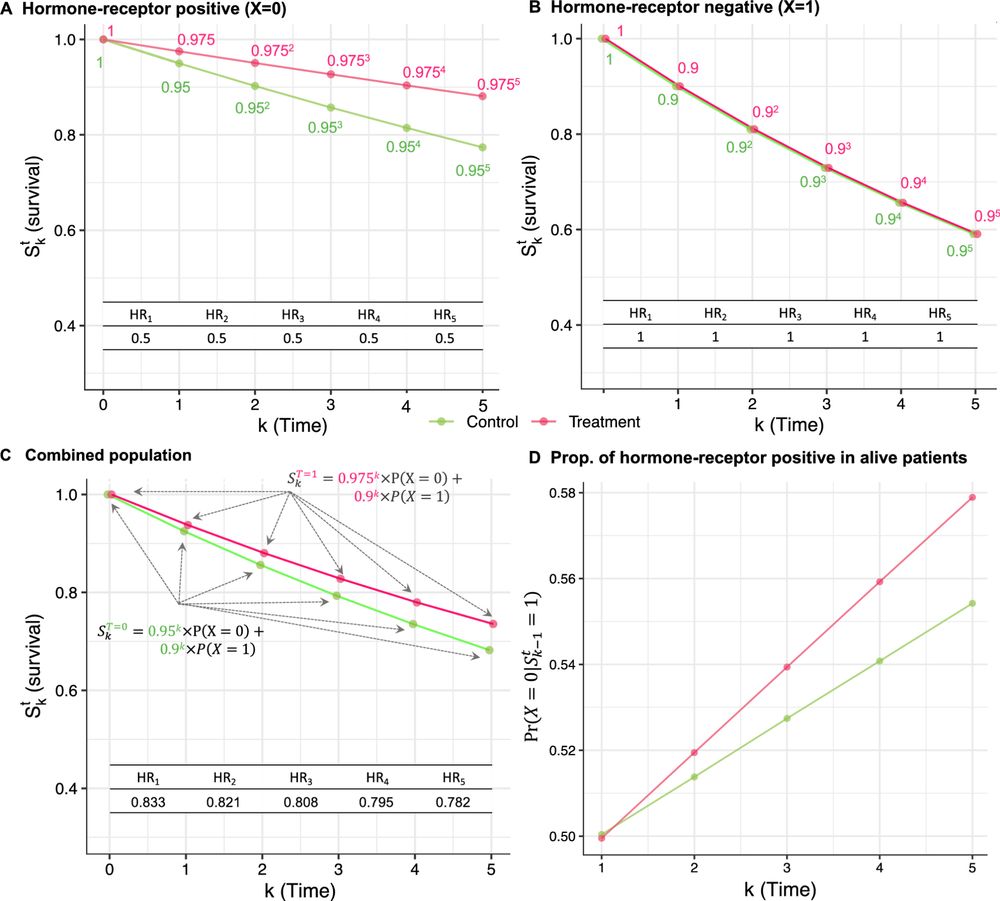The use of explainable AI in healthcare evaluated using the well known Explain, Predict and Describe taxonomy by Galit Shmueli
link.springer.com/article/10.1...

The use of explainable AI in healthcare evaluated using the well known Explain, Predict and Describe taxonomy by Galit Shmueli
link.springer.com/article/10.1...
We have a mission of 𝗵𝗲𝗹𝗽𝗶𝗻𝗴 𝗿𝗲𝘀𝗲𝗮𝗿𝗰𝗵𝗲𝗿𝘀 𝘄𝗶𝘁𝗵 𝗱𝗮𝘁𝗮 𝗶𝗻𝘁𝗲𝗻𝘀𝗶𝘃𝗲 𝗮𝗻𝗱 𝗰𝗼𝗺𝗽𝘂𝘁𝗮𝘁𝗶𝗼𝗻𝗮𝗹 𝗿𝗲𝘀𝗲𝗮𝗿𝗰𝗵. 🤝
We have a mission of 𝗵𝗲𝗹𝗽𝗶𝗻𝗴 𝗿𝗲𝘀𝗲𝗮𝗿𝗰𝗵𝗲𝗿𝘀 𝘄𝗶𝘁𝗵 𝗱𝗮𝘁𝗮 𝗶𝗻𝘁𝗲𝗻𝘀𝗶𝘃𝗲 𝗮𝗻𝗱 𝗰𝗼𝗺𝗽𝘂𝘁𝗮𝘁𝗶𝗼𝗻𝗮𝗹 𝗿𝗲𝘀𝗲𝗮𝗿𝗰𝗵. 🤝
O SGP que representa as facción máis ortodoxas e conservadoras do calvinismo concentradas no cinto bíblico do país obtivo, como é habitual, 3 deputados.


O SGP que representa as facción máis ortodoxas e conservadoras do calvinismo concentradas no cinto bíblico do país obtivo, como é habitual, 3 deputados.
A nadie parece preocuparle la transformación estructural que esta tendencia supone.

A nadie parece preocuparle la transformación estructural que esta tendencia supone.

Florian van Leeuwen and I implemented a prediction function in the #mice package that allows the incorporation of missing data uncertainty in a prediction interval.
The `predict_mi()` function is available in the current development version: github.com/amices/mice
#Rstats #statsky
![Image of R code. To reproduce:
library(ggplot2)
library(dplyr)
library(mice, warn.conflicts = FALSE)
imp <- mice(nhanes, m = 5, maxit = 5, seed = 1,
ignore = rep(c(FALSE, TRUE), c(20, 5)),
print = FALSE)
impdats <- complete(imp, "all")
train <- lapply(impdats, function(dat) subset(dat, !imp$ignore))
test <- lapply(impdats, function(dat) subset(dat, imp$ignore))
fits <- lapply(train, function(dat) lm(age ~ bmi + hyp + chl, data = dat))
preds <- predict_mi(object = fits, newdata = test, pool = TRUE, interval = "prediction")
preds
preds %>%
as.data.frame() %>%
mutate(case = 1:nrow(preds),
y = test[[1]]$age) %>%
ggplot(aes(x = fit, y = case, col = rowSums(is.na(nhanes[imp$ignore,]))>0)) +
geom_point() +
geom_errorbar(aes(xmin = lwr, xmax = upr)) +
theme_minimal() +
scale_color_manual(values = mice::mdc(1:2), labels = c("observed", "missing")) +
theme(legend.title = element_blank(),
legend.position = "bottom") +
labs(x = "prediction",
title = "Pooled prediction intervals")](https://cdn.bsky.app/img/feed_thumbnail/plain/did:plc:omgr6y6c62b4qar7fganjtdy/bafkreiesbac4qo25mh5rkegnw4ntcvbwedvpzqms4zn7xiothhzlgchxcm@jpeg)
Florian van Leeuwen and I implemented a prediction function in the #mice package that allows the incorporation of missing data uncertainty in a prediction interval.
The `predict_mi()` function is available in the current development version: github.com/amices/mice
#Rstats #statsky

YES WE HAVE
Behold the new... OpenSAFELY-Schools!!
schools.opensafely.org
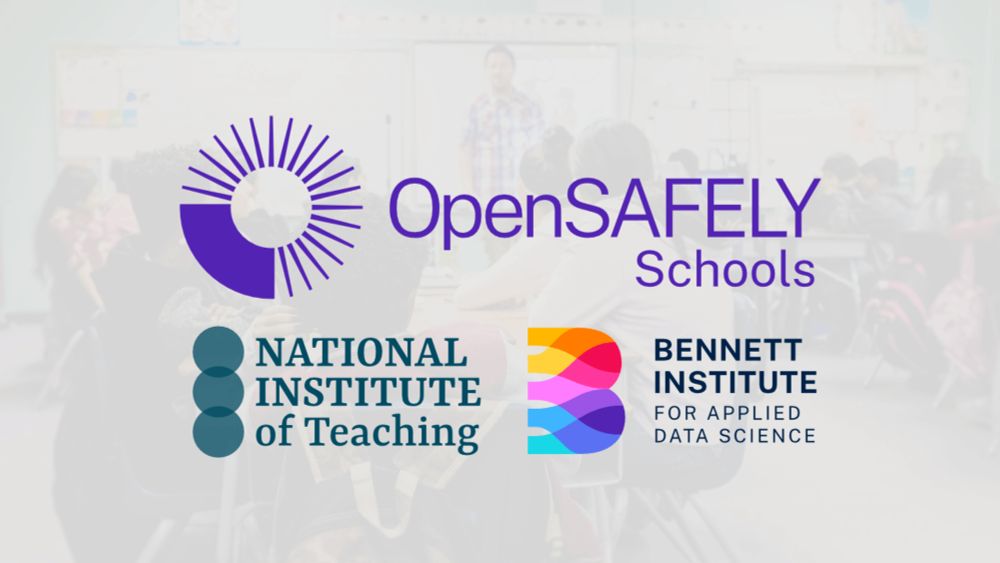
YES WE HAVE
Behold the new... OpenSAFELY-Schools!!
schools.opensafely.org
Apply to our PhD position in Amsterdam 🚲🌷🇳🇱
Deadline: June 15
Deadline: 15 June
werkenbij.uva.nl/en/vacancies...

Apply to our PhD position in Amsterdam 🚲🌷🇳🇱
Deadline: June 15
See thomvolker.github.io/densityratio for vignettes and info!

See thomvolker.github.io/densityratio for vignettes and info!

We offer 3 fully funded PhD positions to work on research methodology with experts in a great medical research environment.
More info: www.linkedin.com/feed/update/...

We offer 3 fully funded PhD positions to work on research methodology with experts in a great medical research environment.
More info: www.linkedin.com/feed/update/...
El sobrante se exporta y almacena.
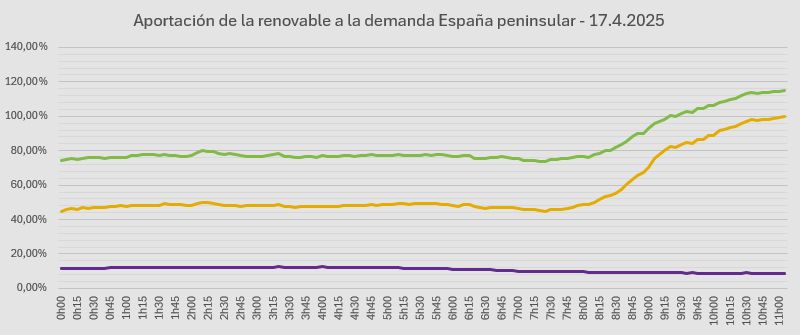
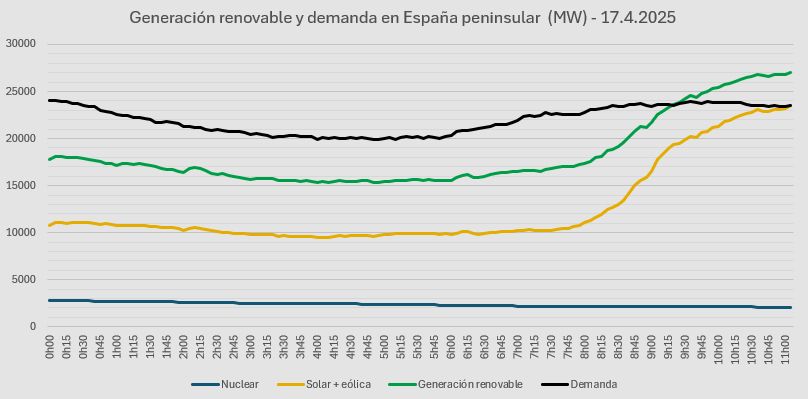
El sobrante se exporta y almacena.
Really glad to see this one in print: the harm due to class imbalance corrections in prediction models developed using ML/AI
Excellently led by @alcarriero.bsky.social
onlinelibrary.wiley.com/doi/epdf/10....
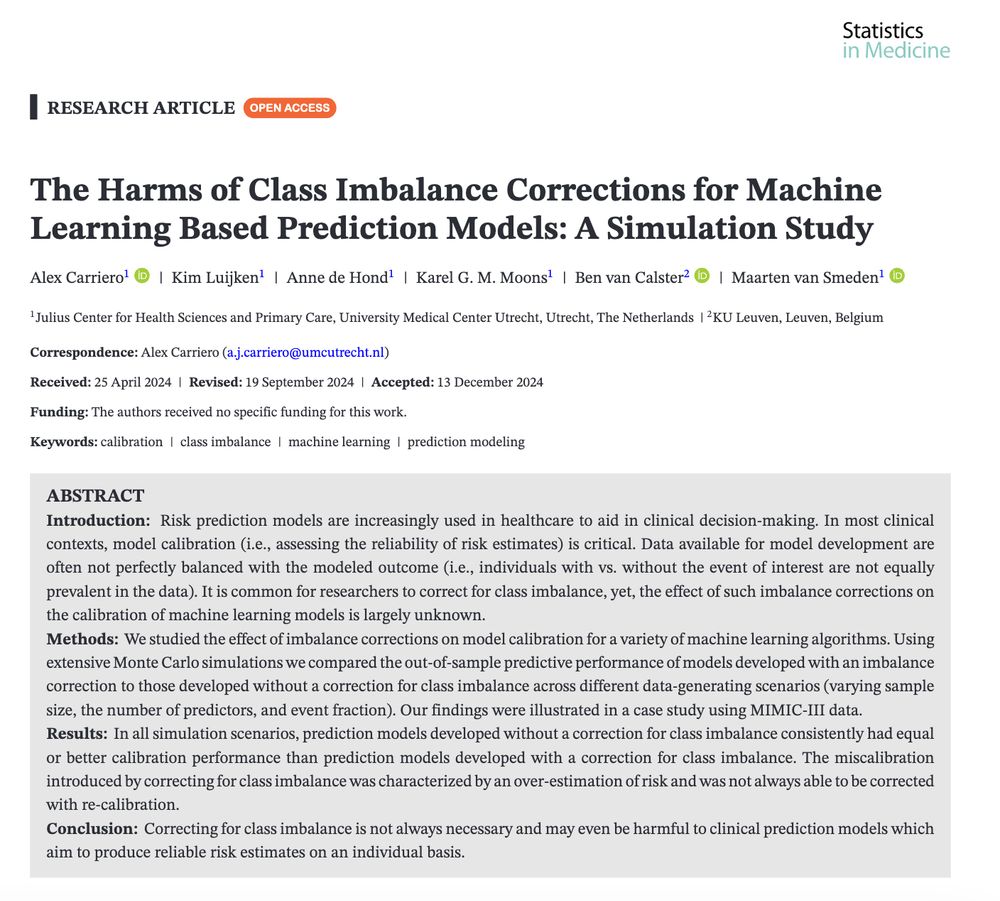
Really glad to see this one in print: the harm due to class imbalance corrections in prediction models developed using ML/AI
Excellently led by @alcarriero.bsky.social
onlinelibrary.wiley.com/doi/epdf/10....
Kickstart 2025 with exciting news! 🌟
Registrations for EuroCIM 2025 are now OPEN! Secure your spot with early-bird discounts until March 1.
🔔 Reminder: Abstract submissions close January 15, 23:00 CET—don’t miss your chance to contribute!
Kickstart 2025 with exciting news! 🌟
Registrations for EuroCIM 2025 are now OPEN! Secure your spot with early-bird discounts until March 1.
🔔 Reminder: Abstract submissions close January 15, 23:00 CET—don’t miss your chance to contribute!
¡Estoy feliz!
Llega el 23 de enero con #PenguinUK y #Ebury. Y hay más: habrá ediciones en checo, turco, coreano y japonés 👇

¡Estoy feliz!
Llega el 23 de enero con #PenguinUK y #Ebury. Y hay más: habrá ediciones en checo, turco, coreano y japonés 👇
We looked at methods used to adjust existing (AI/ML) clinical prediction models to new contexts, like different hospitals, clinical domains or to a specific individual.
Curious to hear your thoughts!😃

We looked at methods used to adjust existing (AI/ML) clinical prediction models to new contexts, like different hospitals, clinical domains or to a specific individual.
Curious to hear your thoughts!😃
Sign up now for the 2nd edition of our summer school, 7-11 July in Utrecht, with @vanamsterdam.bsky.social & BPdeVries
Sign up now for the 2nd edition of our summer school, 7-11 July in Utrecht, with @vanamsterdam.bsky.social & BPdeVries


In Denmark 860 individuals were randomly allocated to either intervention or control. Individuals were unaware of their allocation. No intervention took place. Mortality was higher in the intervention group (p=0.003)
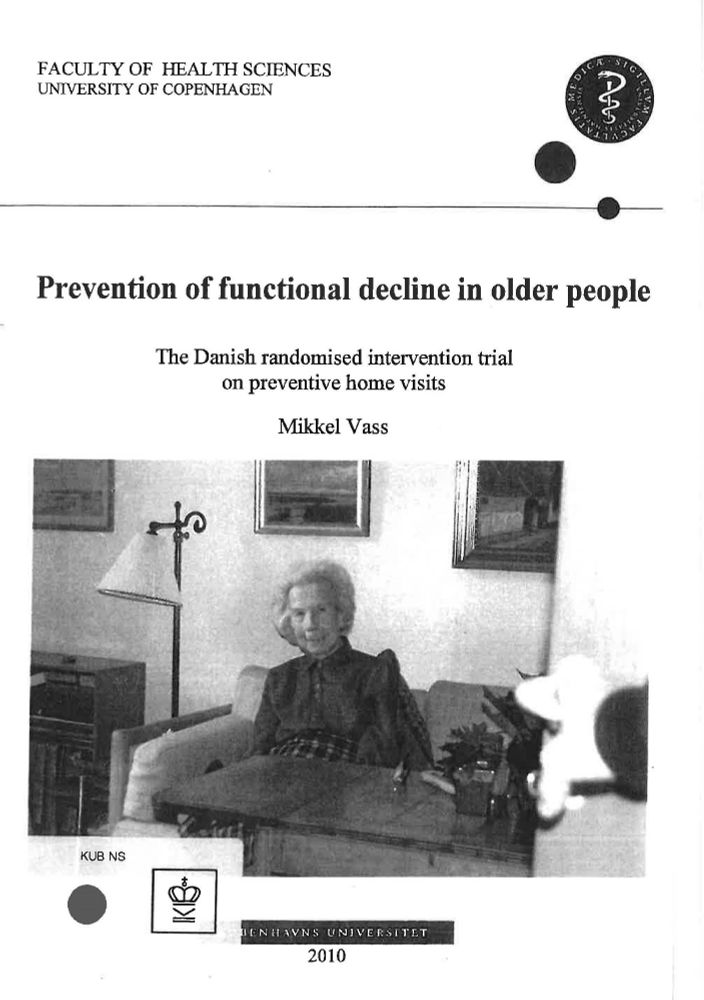
In Denmark 860 individuals were randomly allocated to either intervention or control. Individuals were unaware of their allocation. No intervention took place. Mortality was higher in the intervention group (p=0.003)


